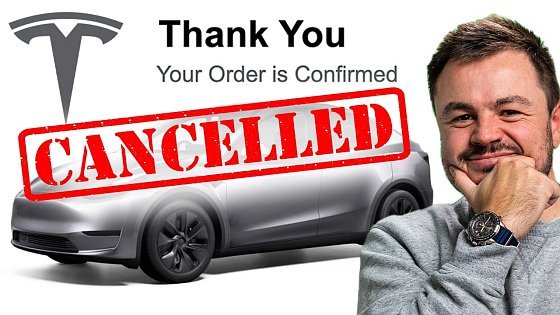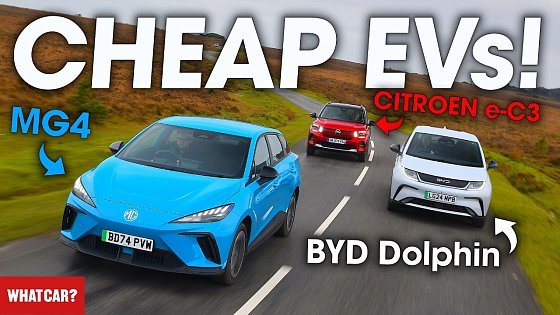Video Summary
Here's a summary of the key findings from the video review:* The JAECOO 7, created in 2023, is a subsidiary of Chery, a major Chinese manufacturer. The brand is designed for export markets and its name is derived from a combination of the words "Jäger" and "Cool."
* The JAECOO 7 is a five-seat SUV, similar in size to rivals like the Hyundai Tucson and Kia Sportage. For seven seats, you need the JAECOO 8.
* Unlike some Chinese brands making inroads with fully electric cars, the JAECOO 7 is available with either a pure petrol engine or as a plug-in hybrid.
* Both versions of the JAECOO 7 look nearly identical on the outside, featuring imposing grills and flush door handles.
* Unusually, the petrol and PHEV versions have different interiors. The petrol gets a physical gear selector, a drive mode dial, and an engine start/stop button. The PHEV has a column-mounted gear selector and drive mode buttons. Window switches and door panels are also different.
* Despite the variation, a comfortable driving position can be achieved in either, with adjustable height and reach for the steering wheel. Adjusting door mirrors is completed on the steering wheel, similar to Tesla, which is a bit of a faff.
* The footrest is close, resulting in a bent knee.
* There's good visibility out the front and side, but the rear window is tiny. Front and rear parking sensors and a 540-degree camera system aid with parking.
* The touchscreen infotainment system has sharp graphics and is responsive but with slight delays. There are no physical volume dial or climate controls.
* Interior material quality is good.
* There's a hidden, massive compartment under the central armrest, two cupholders, a smartphone tray, and significant storage under the center console. Door bins are decent sized.
* The rear seats have loads of legroom and good headroom. The center seat has a firmer seat back, due to the integrated armrest. A flat floor improves center seat comfort for the PHEV.
* It has a small trunk, offering 412 liters of storage, putting it below most rivals. The five carry-on suitcase storage is also lacking compared to competitors.
* Rear seats split fold 60/40.
* The line-up kicks off with a 145-brake horsepower 1.6-liter petrol engine with front-wheel drive or four-wheel drive. The official combined fuel economy of the PHEV is unrealistically high at 403 MPG, with a 57-mile range of pure electric power.
* During the real-world range test the reviewer drove it on a mix of town, rural, and motorway roads and the car returned 51 miles pure electric power before the engine needed to kick in.
* A plug-in hybrid SHS (Super Hybrid System) has a 1.5-liter petrol engine and electric motor producing 201 brake horsepower.
* With a depleted battery in a real-world test, fuel economy came in at 48.7 MPG.
* Steering feels sensitive and hyperactive, with little feedback.
* The car leans excessively into corners, and grip is lost too quickly.
* It is a bad SUV to drive on the road.
The reviewer says that if all the above were not enough to cause concerns, he also tested it against its plug-in hybrid rival: the MG HS, and notes: the MG HS' road handing and drive experience are significantly more comfortable and enjoyable for the same or less price.




